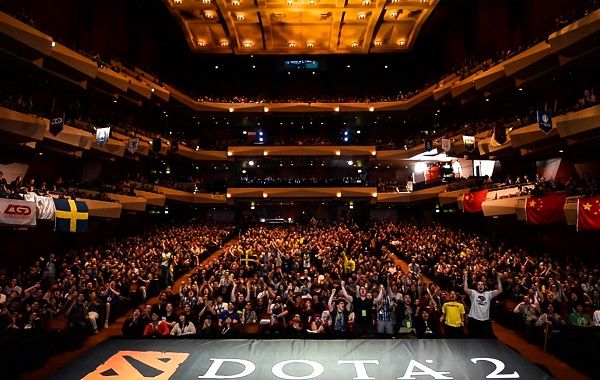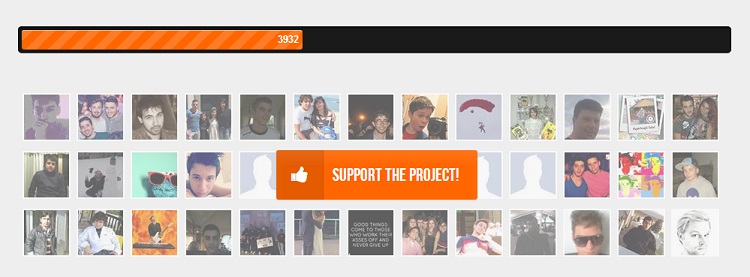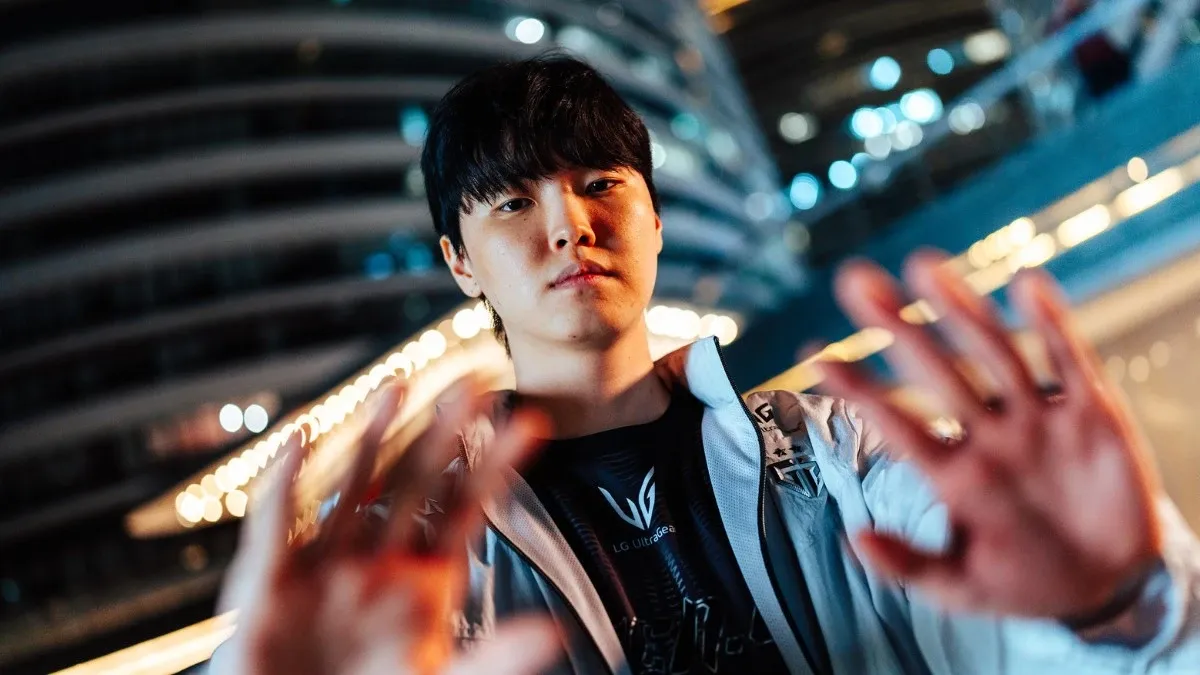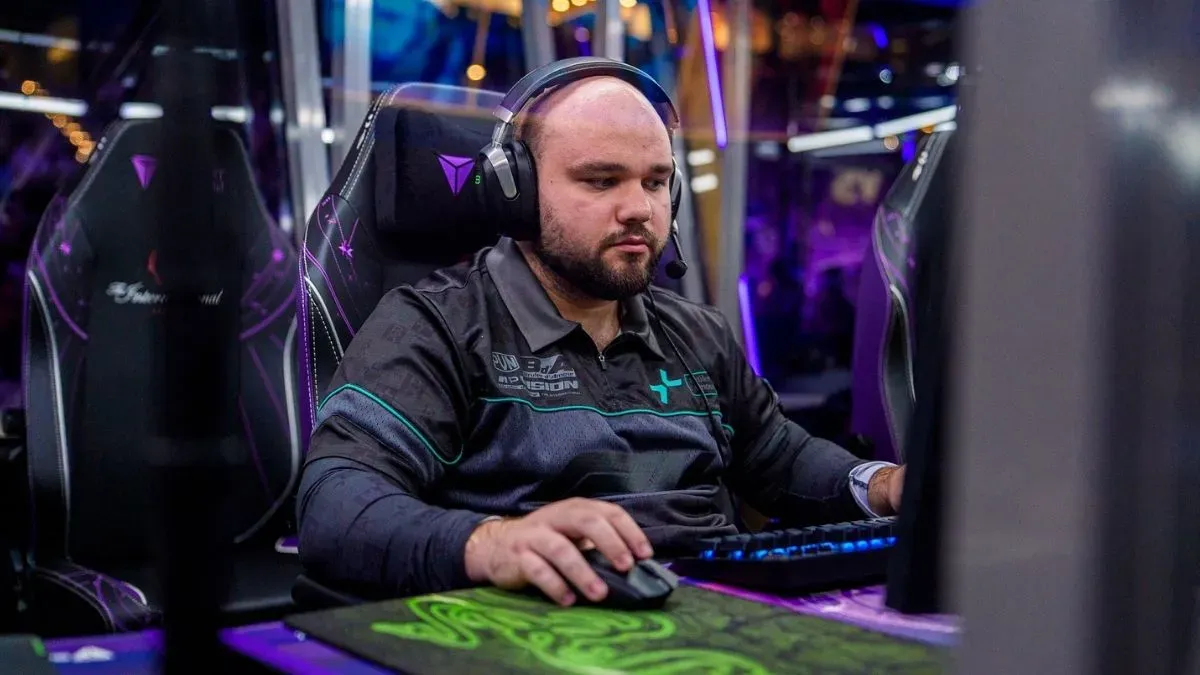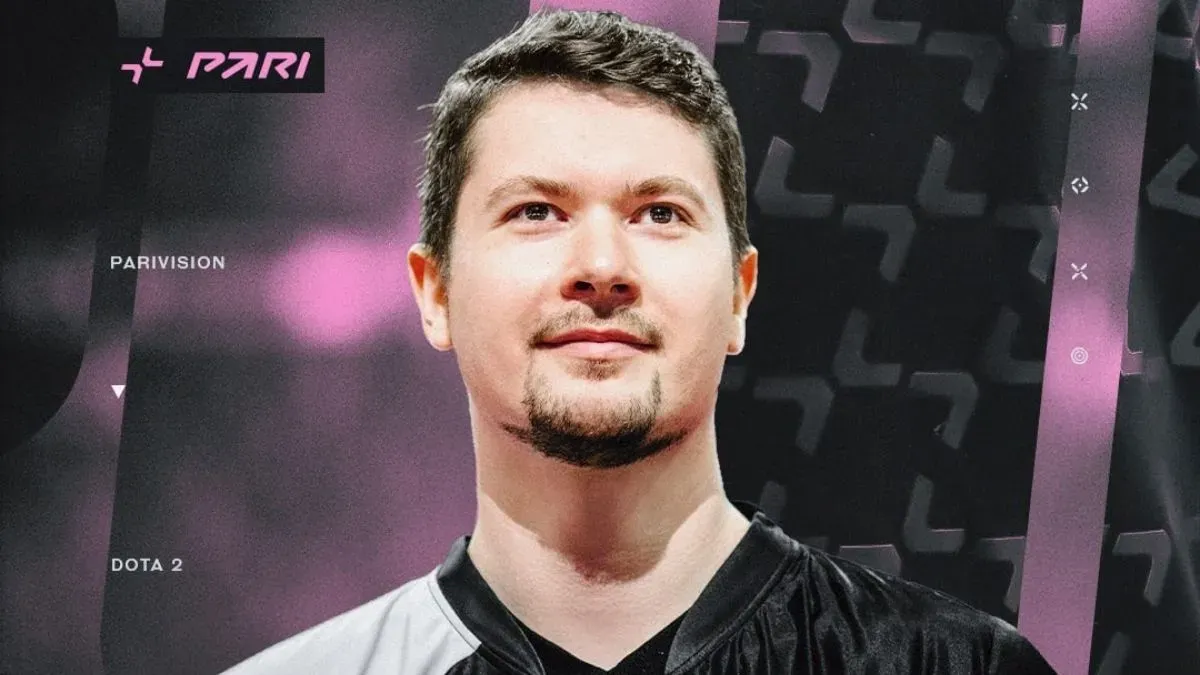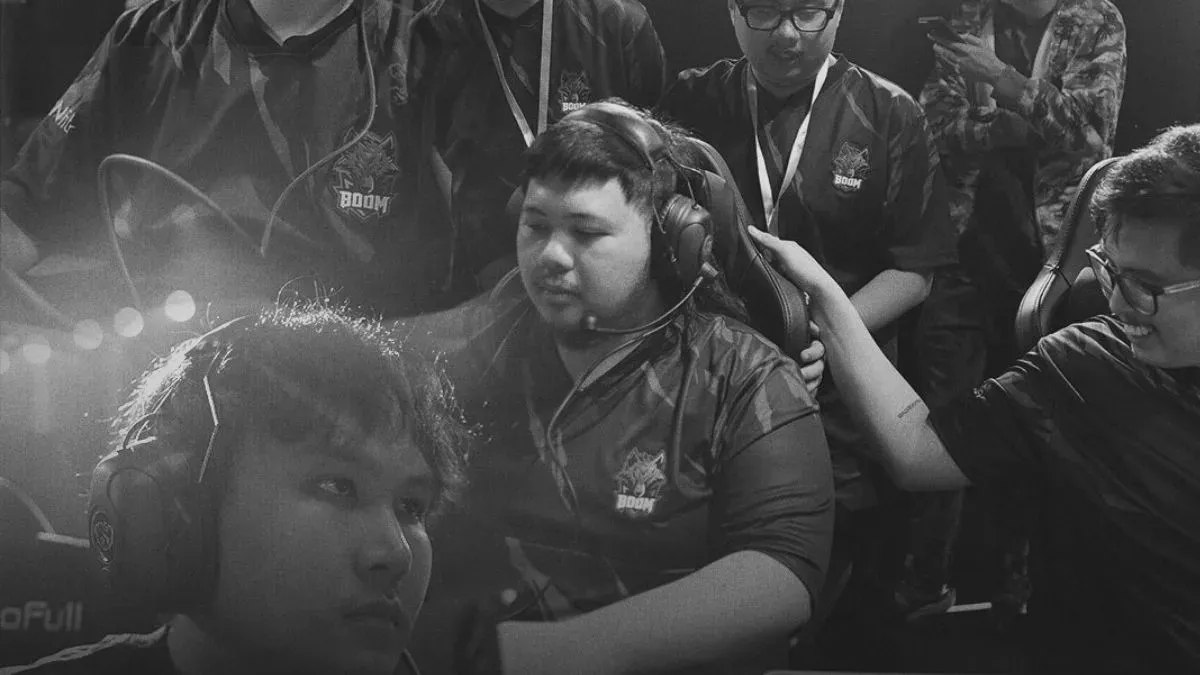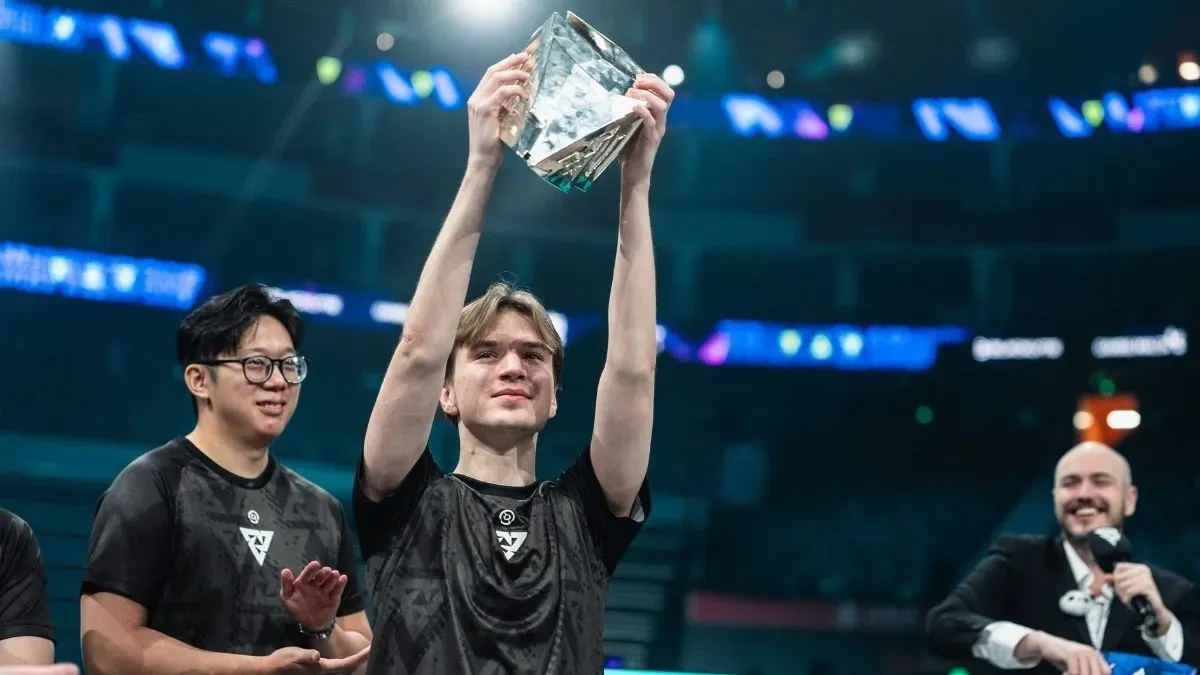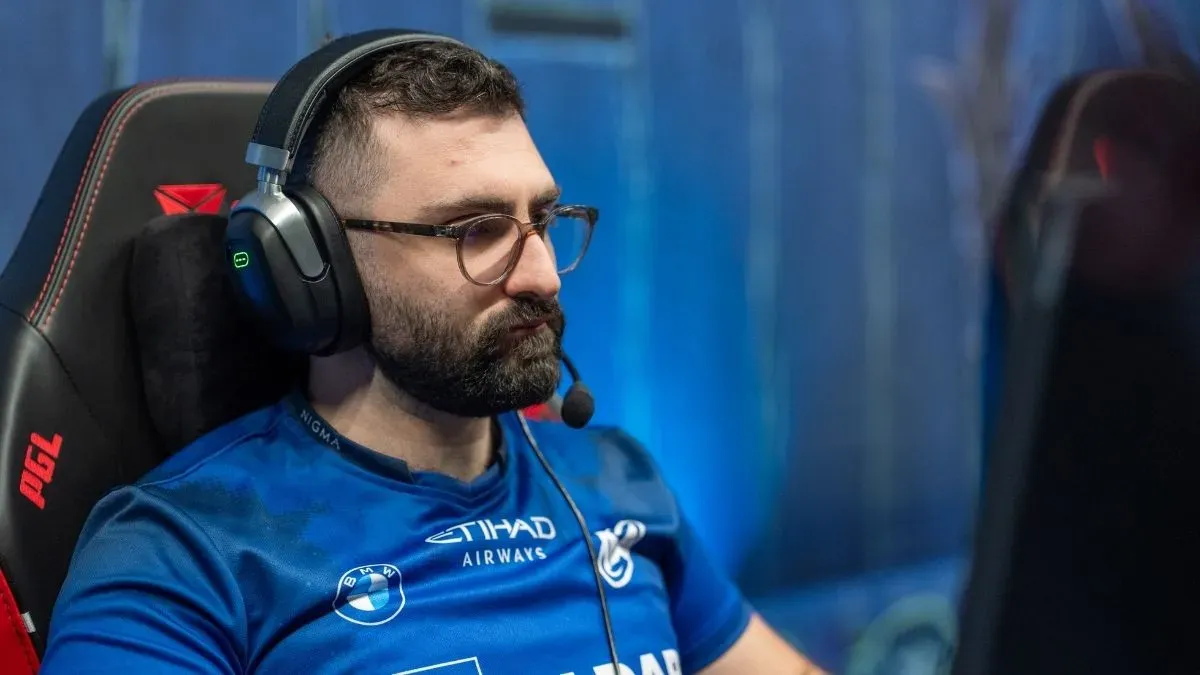After more than a decade and a half of existence, ESPORTS is in a weird place. Since its rapid bloom post 2010, the industry and has been paraded on big stages and attracted fat paychecks and contract deals. Its face has grown from a small group of people trying to live the progaming dream by travelling the world for a few bucks to becoming popular entertainers and recognized professional athletes. Gaming companies like Riot, Valve and Blizzard in association with brands such as DreamHack, IEM, MLG and Gom, among others, have brought sustainability to the scene, painted it in serious business tones, made it legit and solid. Every year, the numbers of players, viewers and companies involved grows.
Yet even after all these years, only bits and pieces of ESPORTS’ full potential have been discovered. Looking at the scene from above, the words of Justin Timberlake’s character in “The Social Network” saying how “we don’t even know what the thing is yet, how big it can get, how far it can go” sound very fitting. Even to those directly involved with the business behind EPORTS, the question “What’s next” might lack a unanimous answer, especially when talking years ahead.
In the last weeks of January, while clicking my away around LinkedIn, I met two people that offer a viewpoint worth exploring. Representing EUROFORUM – a company which specializes in organizing major conferences for major business – Oliver Fedtke’s and Manuel Kotschote’s intention is to gather ESPORTS’ representatives together and help bring mainstream, traditional businesses to the industry through what they call the CGC conference.
CGC, the neutral mediator
Though it’s been only a few years since the industry has been getting “serious”, eSports forums are not exactly unheard of. I bring up the Valencia eSports Congress held in 2012 as perhaps the most known such project but also mention the regular IeSF symposiums that tackle behind-the-scenes topics on a regular basis as examples of eSports professionals getting together to push the field further. I shoot the question what’s so different about CGC Europe and why does eSports need people who’re not even connected to the scene. In his answer, Oliver Fedtke points out that the latter is, in fact, CGC’s strongest asset: provide a neutral ground as an alternative to what other similar forums are doing.
“When I looked at other conferences in existence, like the Valencia eSports congress in 2012, and what I found out was that they were mostly held by eSports people for eSports people,” says Fedtke. “We work for a German company that specializes in organizing large business conferences, and I realized that what the eSports community might need is a connection to those businesses. We can provide a neutral ground where eSports can present itself to the mainstream media and the old-school economies.”
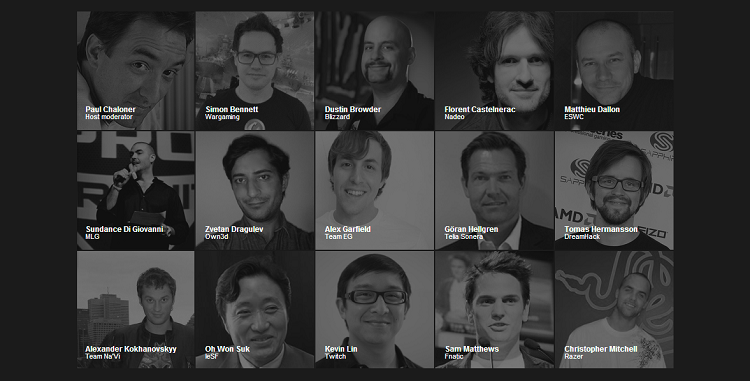
Twenty-four different speakers attended the Valencia eSports Congress
Fedtke has a point; for most part throughout its history, eSports has been very eSports-centric. Though the growth has been tangible, it rarely pushed the industry outside its borders, merely expanded them to encompass more companies for which sponsoring a team or an event makes sense, e.g. ones with gaming or hardware profiles. Bar few exceptions, the landscape of the scene has changed only quantitatively and not qualitatively.
The latter is the reason why CGC opts to enter the scene as a neutral mediator. If the eSports industry never adds another layer to its façade, it will continue to attract only the same type of sponsors which is not the way to becoming a world-wide phenomenon. Fedtke jumps in to add that CGC is not about taking eSports away from the eSports people and showing them how to run it better. It’s about building a bridge which can connect the teams, players and events with the companies which have bigger pockets than your average peripherals manufacturer.
“eSports is community-driven, it was made big by its own people without any help from others. They didn’t need TV or other forms of mainstream media. We’re not saying we can do it better, we can only help by getting it recognized by the traditional companies that don’t even know about eSports or how big it is. Be the messenger between eSports and the sponsors and investors that still only think football or Formula 1.”
According to Fedtke, this next step of mainstreaming the eSports scene isn’t a farfetched idea by any means. The viewership numbers are constantly growing, he says, players are getting officially recognized by governments and issued P-1 visas. The topic already involves politics and parallels between regular sports and it has become more than just gaming.
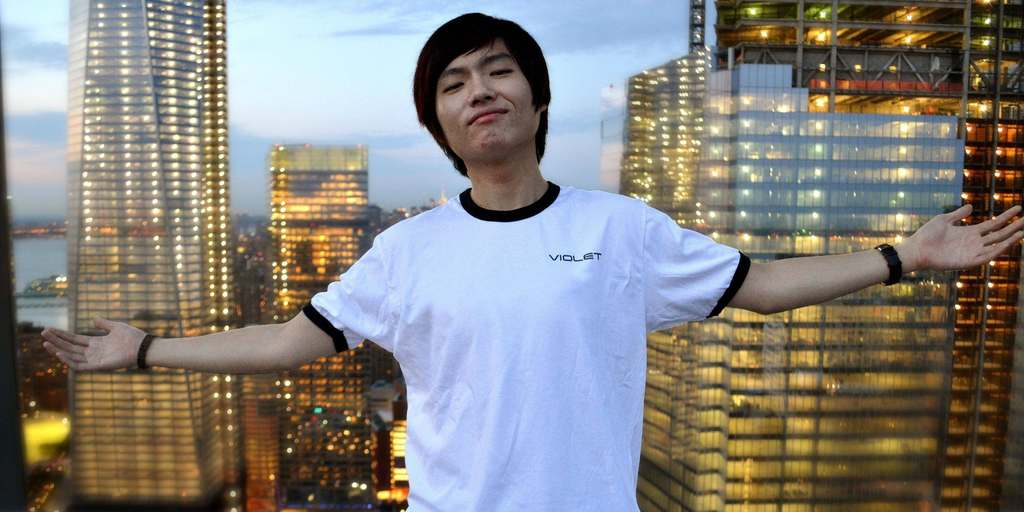
Kim "Violet" Dong Hwan became the first StarCraft 2 player officially recognized as professional athlete by the US government. Photo by: Cyber Solutions Agency
eSports and traditional media
As I continue my conversation with the CGC organizers, the topic gradually shifts to the relationship between eSports and classic media and Fedtke brings out a problem the latter has been facing recently: the change of generation has made it so that younger people use it less and less. They’ve moved away from subscribing to magazines, reading newspapers or turning on their TV sets. They spend their time on the internet and consume information in ways that don’t incorporate traditional sources. They prefer content on demand instead of having a schedule dictate what to watch and when to watch it.
This is where eSports comes in as an industry that created its own media and its own channels and is unique in this regard. The new generation – especially the part of it interested in video games – will spend more time on Twitch.tv than in front of the TV and it was only a matter of time before someone at a company like Coca Cola acknowledges the shift in consumption and “comes to the realization they have to get involved with this eSports thing to reach to the audience they used to”.
Numbers come in to support Fedtke’s point. Twitch’s recent report on their 2013 figures tell the story of the online streaming service outracing popular cable channels like MTV, AMC and SyFy. 45 million unique viewers tune in every month to consume 12 billion minutes of content spread across 6 million videos. If we consider Indexmundi’s data for 2013, those 45 million are 7.3% of all males aged 15-24, a scary big percent considering how only 39% of the population has internet access. Even on the working Tuesday of February 4th in the CET afternoon, more than 180,000 viewers are watching the top 20 games on Twitch.tv, and there’s not even a big event happening at the time.
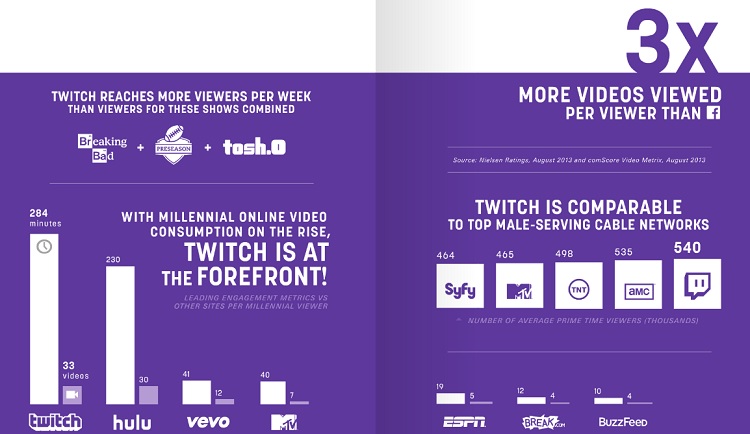
Pages of Twitch.tv's 2013 report show the size of online streaming services compared to traditional media counterparts
Even with all that in mind, Fedtke says that it is not like eSports doesn’t need traditional media at all. On the contrary, a relationship between the two must exist if sponsors not traditional to the scene are to be attracted.
“Although Esports doesn’t need traditional media per se, it’s different when it comes to traditional businesses,” he says. “They need the confirmation of classic channels because this is what they trust.”
Fedtke also points out that the need goes both ways, and eSports might be what classic media needs in the future in order to remain relevant.
“Classic media is hungry to find new ways to present their information, to transmit their news. In ten years, there might not be any more offline newspapers and who knows how the TV landscape will look. eSports can inspire classic media, because this is how media will be done in the future.“
The perfect time for eSports
Having covered the what’s and why’s, me and my collocutors reach the topic of when. I bring up an interview with Rachel “Seltzer” Quirico I did during IEM World Championship 2013 in which she says that “now is the perfect storm of awareness and willingness to move forward”. I ask if CGC’s timing is such as to exploit that storm and if the expansion towards traditional businesses could’ve been done any earlier. Manuel Kotschote takes the microphone from Oliver to answer this.
“The timing is very crucial. Tournaments and their broadcasting have become way more professional than, say, three years ago. If you look at LCS, they have professional commentators and analyst desks and they try to mimic traditional sports studios and this didn’t use to be the case before. This is something that can be presented to sponsors because they can see the parallels between eSports and football or basketball.”
Level of production aside, the eSports of today has another thing working for it, according to Oliver. People have finally come to understand that it’s important to keep eSports and the eSports business separated if prosperity is to be achieved. “Companies don’t want to talk to some young guy who’s interested in gaming but with managers with business experience,” adds Fedtke to Kotshote’s comment. As long as the latter grow in numbers and develop their portfolio, it becomes easier for a forum like CGC to bring them together, have them lead by example and present them to potential new investors.
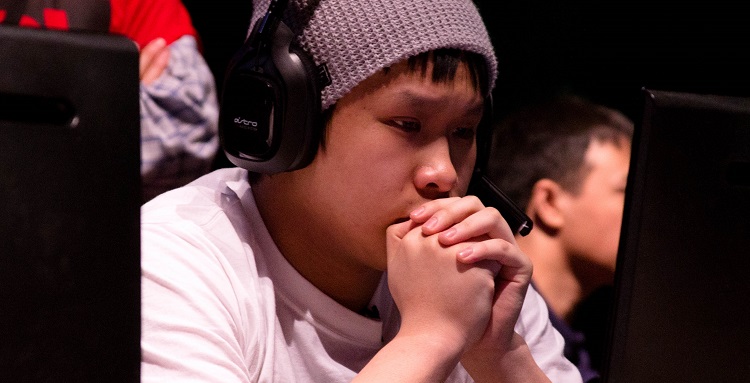
Manuel and Oliver mention TSM's Andi "Reginald" Dinh as an example of a young gamer who's also learned the intricacies of being an entrepreneur. Photo: Wellplayed.org
Other necessary practices are also being implemented in contemporary eSports and help its cause. Companies that develop the eSports titles are also investing in them which, according to Kotschote, ” is the easiest way to get money into the scene and it’s the developers’ responsibility to lay the foundations for the seriousness of eSports”.
It also helps that eSports can be converted to numbers which can then be compared to totals traditional businesses are familiar with. A perfect example of this is Simon Whitcombi of CBS who used the podium of the Valencia eSports Congress to compare MLG Anaheim’s 400,000 concurrent to those of a college basketball league – a show that gobbled significantly more investments only to score just about 600,000 concurrent viewers during the grand-final. Between the start of the decade and now, eSports has reached the point where it’s cheaper to produce, easier to broadcast and at the same time can reach massive audiences. The brewing of the perfect storm indeed.
CGC and its goals
As we get ready to close the interview, Manuel takes the time to sketch the final details about CGC. Right now, the CGC website has a “Support the project” counter that aims to collect 10,000 likes somewhere before the end of March and to give the organizers an idea of how many people would be interested in such a forum. This is also the first milestone: the next two are “open beta” at 600 pre-registrations and “going live” at 200 tickets sold.
Secondly, CGC is being built as to get everyone involved and it’s not the conference’s idea to leave everything discussed behind the scenes. “The idea is to have different circles,” explains Kotschote. “An inner circle with professionals, then a middle one with exhibition component with the gaming companies, and the outer circle is to stream everything. Leaving the entire community out of it is not a good idea.”
My final question is whether CGC will be brought to an eSports event or will be done in an independent manner. The answer: it depends on how much impact they can have with the conference and how many people they can excite with the idea.
“If a lot of people take interest, it’d be best to do it as a stand-alone but if their attendance is dictated by whether or not the conference is part of an eSports event then that would be the better way to go.”
In conclusion
Turning a head back to the years past makes it easy to believe in Oliver’s and Manuel’s quest. eSports and the mainstream businesses and practices crossed paths more often than ever before. Even if the official recognition in the form P-1 visas is put aside, there’re the examples of the Coca Cola sponsored League of Legends tournament; or Copenhagen Wolves’ deal with Adidas signed in March 2013; or the Lionsgate-financed StarCraft 2 MLG tournament that acquainted eSports with Hollywood just a day ago. Even if it’s not with giant leaps, our industry is walking towards a mainstream future, whether we like it or not.
It’d be extremely naïve to claim with all certainty that CGC will be the final push that creates the eSports “break-out” but then again that’s not what it’s about. The industry doesn’t need a divine messiah so it can become profitable, merely a helping hand to take it past the final frontier. If, in the words of Paul “ReDeYe” Chaloner, the Valencia eSports Congress started the ball rolling, CGC is here to pass it around to the kids from the other neighborhoods.

